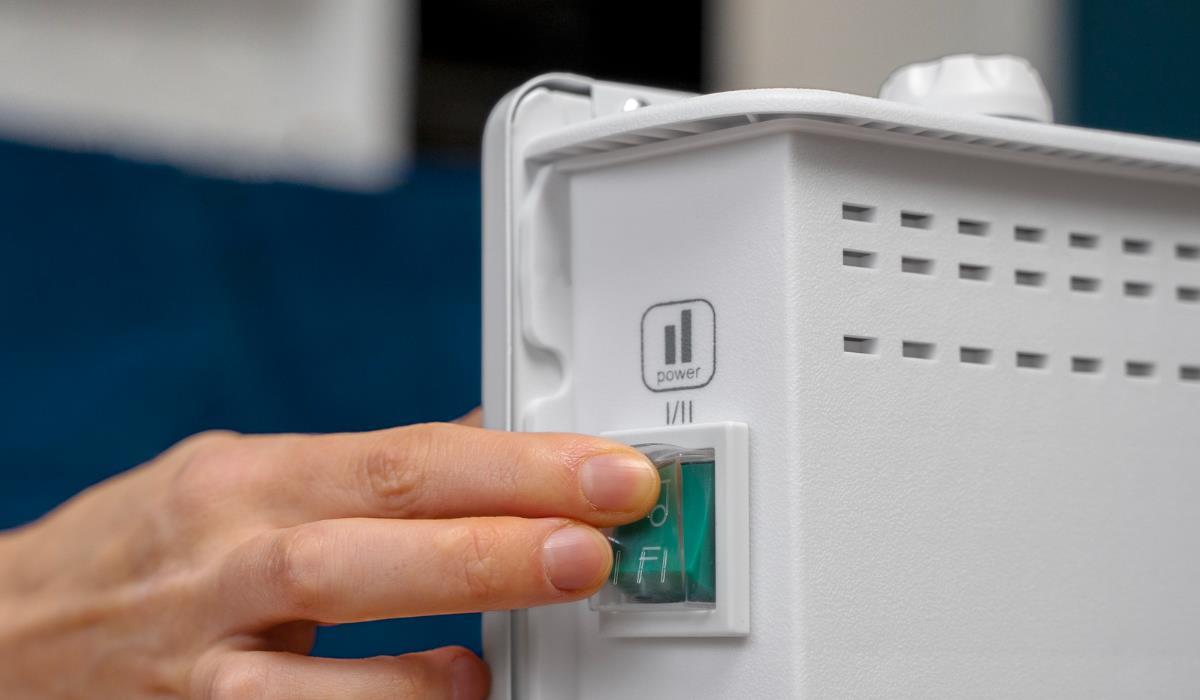When considering effective heating of rooms, one of the solutions worth considering is a storage furnace. In this article, we will discuss what to pay attention to when selecting a storage heater to suit our needs. Parameters such as the room area are important factors, but not the only ones.
What is a storage furnace?
A storage heater, also known as a storage heater, is a device used to heat rooms. It can act as the main heat source or act as a support. Its main advantage is the ability to accumulate heat and gradually release it to the environment. It consumes a minimum amount of electricity. The key to the effective operation of a storage furnace is to consume electricity when it is cheapest and emit heat when it is necessary. There are two main types of storage heaters: dynamic and static. Currently, due to ecodesign standards and technical parameters, only dynamic models are available on the market.
Static storage furnaces

Static storage furnaces are designed to store heat and release it through convection and radiation. The heat dissipation process continues until the radiator cools down completely. Unfortunately, these are older models that do not allow for significant energy savings and are less effective than dynamic furnaces. As a result of EU regulations, static models were withdrawn from the market.
What should you consider when choosing a storage heater?
When choosing a storage heater, it is worth considering several key issues:
1. Room area: Of course, the area and dimensions of the room are important factors. A furnace with too low power may heat ineffectively, and a furnace with too large a power means higher purchase costs and waste of energy. Therefore, it is always worth considering your needs carefully and, if in doubt, consult an expert.
2. Degree of building insulation: It is also important whether the building in which the room is located has been properly insulated. Older buildings usually have less thermal insulation, which means a greater demand for heat. Modern buildings with proper insulation will require less energy for heating.
3. Heat-up time of the stove: The time it takes for the storage heater to reach operating temperature may also vary depending on the model. Long heating time may affect the efficiency and comfort of using the stove. Therefore, it is worth paying attention to the characteristics of a specific device and adapting it to your needs.
How to select the power of a storage heater to suit the room’s area?

Appropriate selection of the power of the storage heater for the room area is a key aspect that affects the heating efficiency and operating costs. Below we present approximate guidelines for the power of the storage heater depending on the area of the room and the level of building insulation. We assume that dynamic models achieve performance close to the values quoted:
- 2 kW storage heaters: 18 m² with good insulation; 12 m² with medium insulation; 9 m² with poor insulation.
- 2 kW storage heaters 28 m² with good insulation, 19 m² with medium insulation, 14 m² with poor insulation
- 4 kW storage heaters: 37 m² with good insulation, 25 m² with medium insulation, 18 m² with poor insulation.
- 5 kW storage heaters: 46 m² with good insulation, 32 m² with medium insulation, 23 m² with poor insulation.
- 6 kW storage heaters: 55 m² with good insulation, 38 m² with medium insulation, 28 m² with poor insulation.
A thorough assessment of parameters and individual needs may require consultation with an expert, but these guidelines are a good starting point when selecting a storage heater for a given room.



